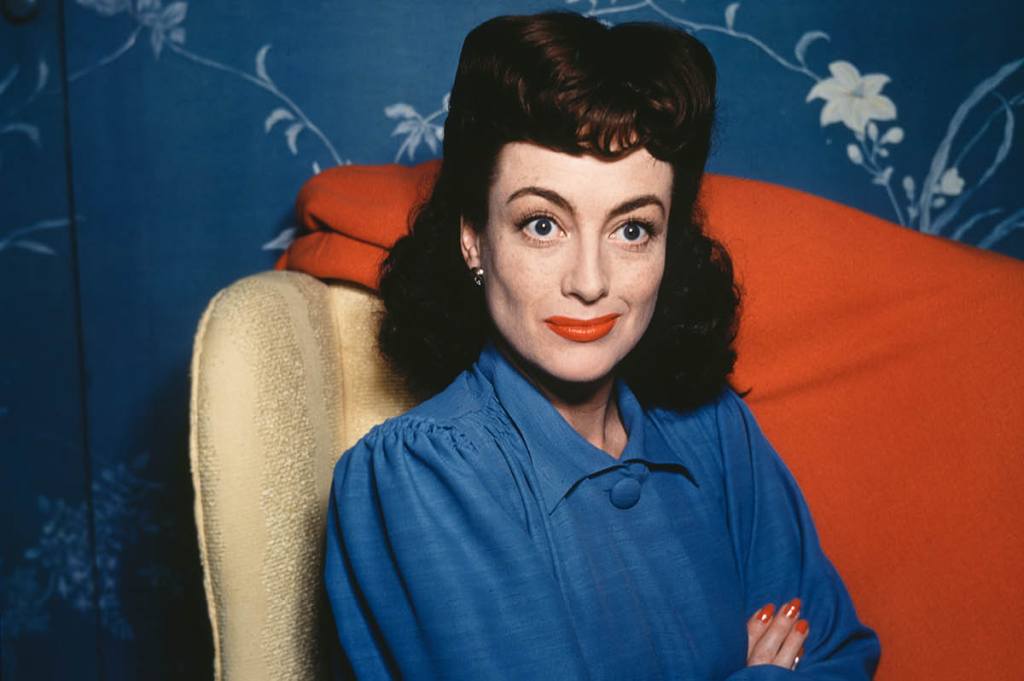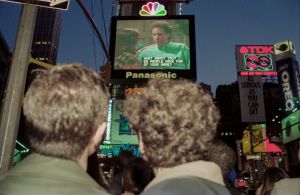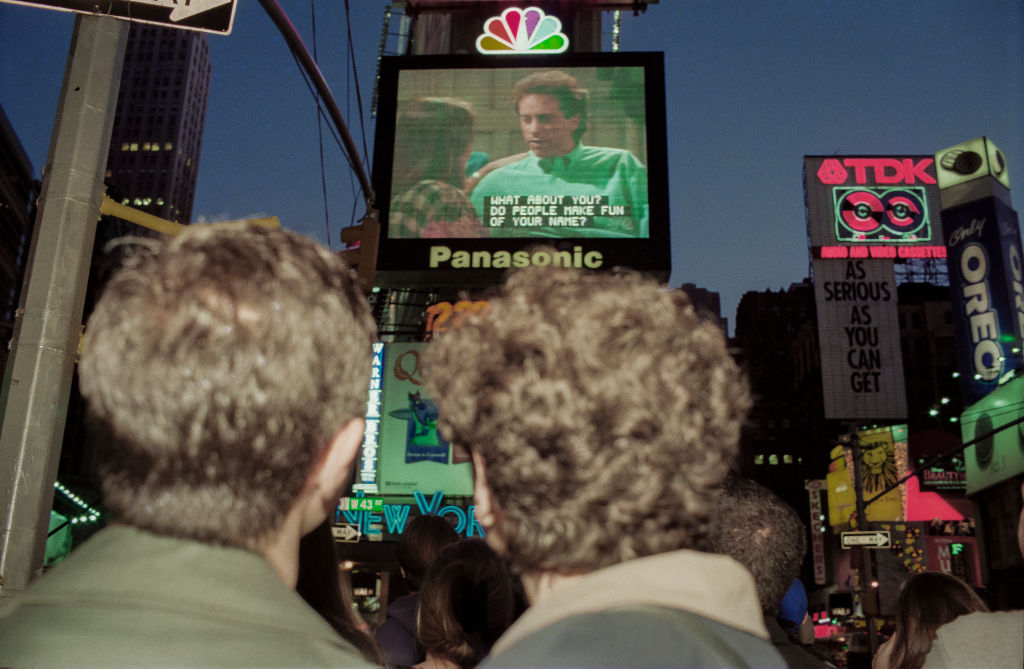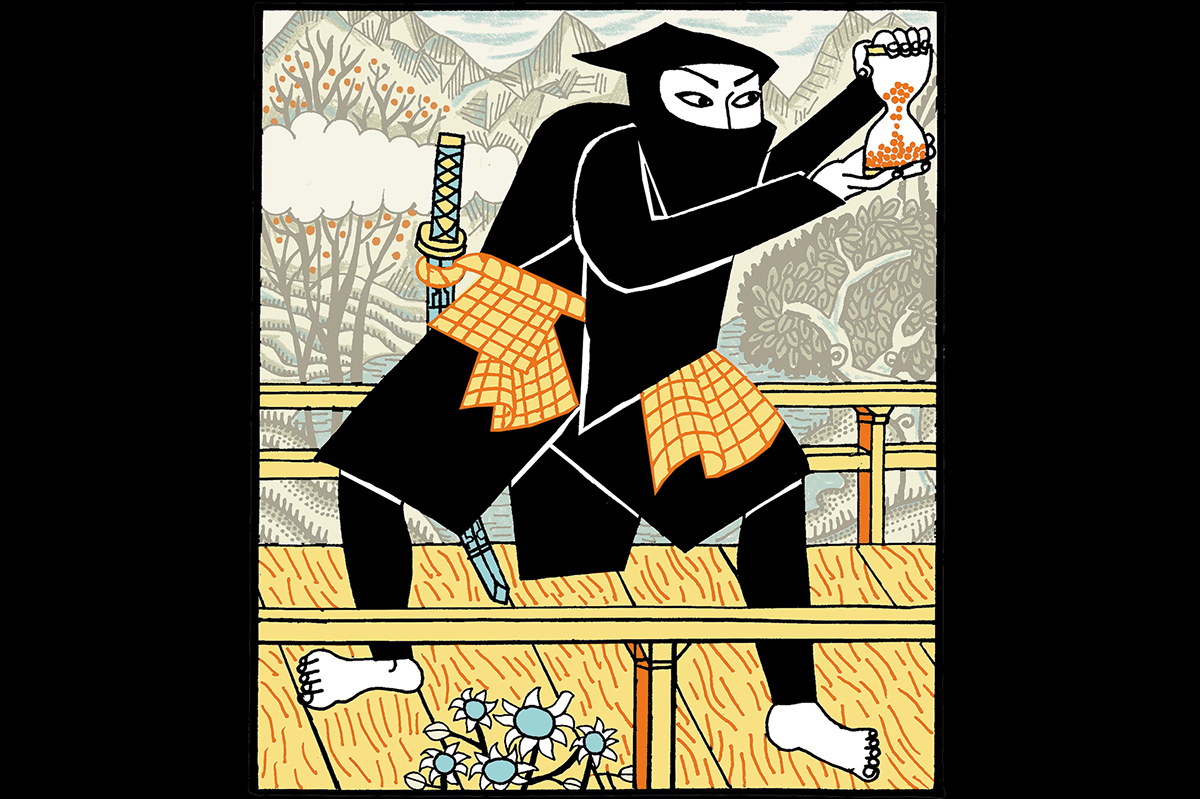Bitches get a bad rap. In his new book, Ferocious Ambition, film historian Robert Dance recontextualizes the life, career and artistry of the most notorious bitch of them all, Joan Crawford.
Crawford’s early twentieth-century rivals have faded into history (outside of the gayest of gay kids, does any Gen Z-er know the name Norma Shearer?), but Crawford is omnipresent for all the wrong reasons. Ryan Murphy reenacts her feuds on FX’s Feud. Drag queens imitate Crawford running around with an ax. And, every Mother’s Day, bloggers roll out posts and memes about her legacy as the worst mom of all time; the titular Mommie Dearest of Faye Dunaway’s campy, classic, child-abuse shlockfest.
Much of Crawford’s bad reputation goes back to 1978, when her adopted daughter, Christina Crawford, published a memoir, Mommie Dearest, portraying her as the mother from hell. When she wasn’t abusing MGM studio staff, Crawford tossed wire hangers, slapped children and became so driven to perfect cleanliness she got on her hands and knees and screamed. The film adaptation was so over the top that it nearly ruined Dunaway’s career, and the public forgot everything else about Crawford. Her daughter had successfully mummified her as America’s bitch goddess from hell.
Ferocious Ambition turns that narrative on its head. Yes, it admits Crawford was a child abuser. But she also is Hollywood’s longest-lasting star, an anomaly who began as a background dancer in Twenties silent films, evolved into a working-class Thirties icon, survived middle age to win an Oscar as Warner Bros.’ ultimate noir siren, and evolved with the times to act in Sixties and Seventies grindhouse films and sit on the board of Pepsi-Cola. Madonna has lasted five decades as a pop star, but Crawford worked in six different decades — all thanks to her work ethic and canny manipulation of the Hollywood system. Or, as a 1949 critic put it, according to Dance’s research: “Unlike most movie stars, she owes practically nothing to luck. The determining factor of her career has been her own unflagging resoluteness.”
The recent rerelease (by the Criterion Collection and Warner Archives) of four Crawford classics — The Unknown, Dance Fools Dance, The Damned Don’t Cry and, of course, Mildred Pierce — help Dance’s reclamation project. It’s hard to hate Crawford when you see how hard she acts. It’s even more impressive in the context of what Dance reveals about Crawford’s origins. Despite her glamorous image, Crawford grew up working class. She was born in Texas as Lucile Fay LeSueur; exactly when is a matter of dispute. Her father abandoned her mother. “Joan Crawford” wouldn’t emerge until long after she survived a rough, poor childhood, moving around Oklahoma, Missouri and other future MAGA states. Her childhood respite: photos of actors, especially if those photos were autographed. She idolized performing and spent her early twenties working her way across America as a dancer, Broadway background actor and pseudo-vaudeville performer. Reading about her early years, it’s easy to understand why she rolled her eyes at her spoiled daughter. Lucile Fay LeSueur had it rough.
Crawford trained in basic dancing, but like Madonna, she was a mediocre dancer. Ambition carried her through, and despite her protests of naïveté (the PR-savvy Crawford played the ingenue in public), she clearly wanted to act. By 1925, she took the train to Hollywood, where MGM agreed to pay her $75 a week for ten weeks. If she survived the trial period, they’d raise her salary. “Starting her first day,” Dance writes, “Crawford befriended anyone at the studio who she thought might help her learn something about the movie business.”
One of her first targets was Larry Barbier, a junior member of MGM’s PR machine, who’d go on to work as a fixer, killing negative stories. Dance describes Crawford absorbing Barbier’s lessons about how to pose in still images. As a photo collector herself, Crawford recognized the power of headshots and star magazines. She practiced her poses, but, Dance writes, it wasn’t obvious she’d ever pose as a star. Her first roles were as dancers in silent films, which, given their silence, weren’t exactly known for their music.
Her big break came as circus dancer Nanon in former freak-show promoter and future Dracula director Tod Browning’s silent The Unknown (1927). Browning introduces a then-unknown Crawford, barely clothed, on a spinning pedestal as a circus knife-thrower’s target. He goes on to explain how her character fears touching men. She then falls in love with the con artist knife thrower (Lon Chaney), who pretends to lack arms. It’s a bizarre role. There’s no way CAA or WME would allow a budding starlet to take the role today. “Freak-show promoter” isn’t a good minority market. What the role was, though, as Dance writes, “was the first great opportunity for Crawford: a terrific part, working with the industry’s biggest draw, [it] demanded an actress who could convey steadiness, bravery, perseverance and a working-class sexiness.” In other words, the same mix that would make her a star — and The Unknown launched her to stardom.
But history has forgotten early Crawford. We recall Crawford’s middle-aged stardom in noirs from her Warner Bros. period, like Mildred Pierce. Still, in the Depression, at MGM, she delivered working-class but fashionable women. The recently rereleased Dance Fools Dance (1931) captures Crawford as Bonnie Jordan, whose father has lost everything in the stock market crash. She fights to reinvent herself, all while her mob-associate brother is trying to kill her. This was a typical Crawford gig. It attracted millions of working-class women and she, once a poor girl who collected stars’ photos, spent hours signing autographs for them.
Crawford took care of her image. When she left MGM in the Forties, she started a rumor that she was jobless, even though she had chosen to quit. She understood that the further down she’d fallen her subsequent film triumphs would look even more miraculous, so she orchestrated both her own downfall and her own comeback. Later, Crawford went independent, producing Sudden Fear in 1952; she also starred and was nominated for an Oscar. Without a studio’s backing, she needed to get creative with marketing, so Crawford went where other film stars feared: to television. Her choices could aggravate male studio heads, but stayed in power and controlled her own destiny.
In modern parlance, some might call Crawford a girlboss. She did sit on the Pepsi board dressed head to toe in couture, after all (of course, she had been married to the president of Pepsi). But girlbosses cloak their ambition in a veneer of niceness, platitudes and glossy make-up. They’re ambitious but nice, stylish but approachable. Crawford didn’t try for platitudes. She was ambitious: take it or leave it. She was a bitch, and a bitch gets results. Bitches become secretary of state. Bitches found long-lasting companies. Girlbosses mostly just commit fraud and post on Instagram.
One can’t imagine a girlboss signing up for Crawford’s Sixties horror flicks. After the success of Whatever Happened to Baby Jane? in 1962, she received few offers. Other Hollywood actresses retired. Not Crawford. She sought grindhouse shlock, like 1964’s Strait-Jacket, where she chases her enemies around with an ax. Critic Bosley Crowther called Strait-Jacket the “worst of the lot” of Crawford’s “very sour lemons.” But the film was such a hit that Crawford earned a windfall of $200,000 (nearly $2 million in 2024 dollars).
Today’s anonymous stars would kill for a Strait-Jacket, but who is Crawford’s heir? I think of Joan Rivers, who also signed up for crap to survive and outlasted her male competitors, but she’s long dead. Madonna lives, but considering her recent state, it’s unclear if she’ll perform into a sixth decade. Her current tour could be her last. She’s also not much of an actress. It’s hard to see an actress in Hollywood carrying on Crawford’s tradition, and it’s unlikely a Crawford could happen in today’s Hollywood.
On the one hand, that’s a good thing. Children need caring mothers. Employees should show up to work without worrying if their boss is going to scream at them. But the brilliant work of Crawford, and of many legends, is tied to the same behavior that makes them abusers.
Sometimes, as my mother says, it takes a bitch.
This article was originally published in The Spectator’s February 2024 World edition.


























Leave a Reply